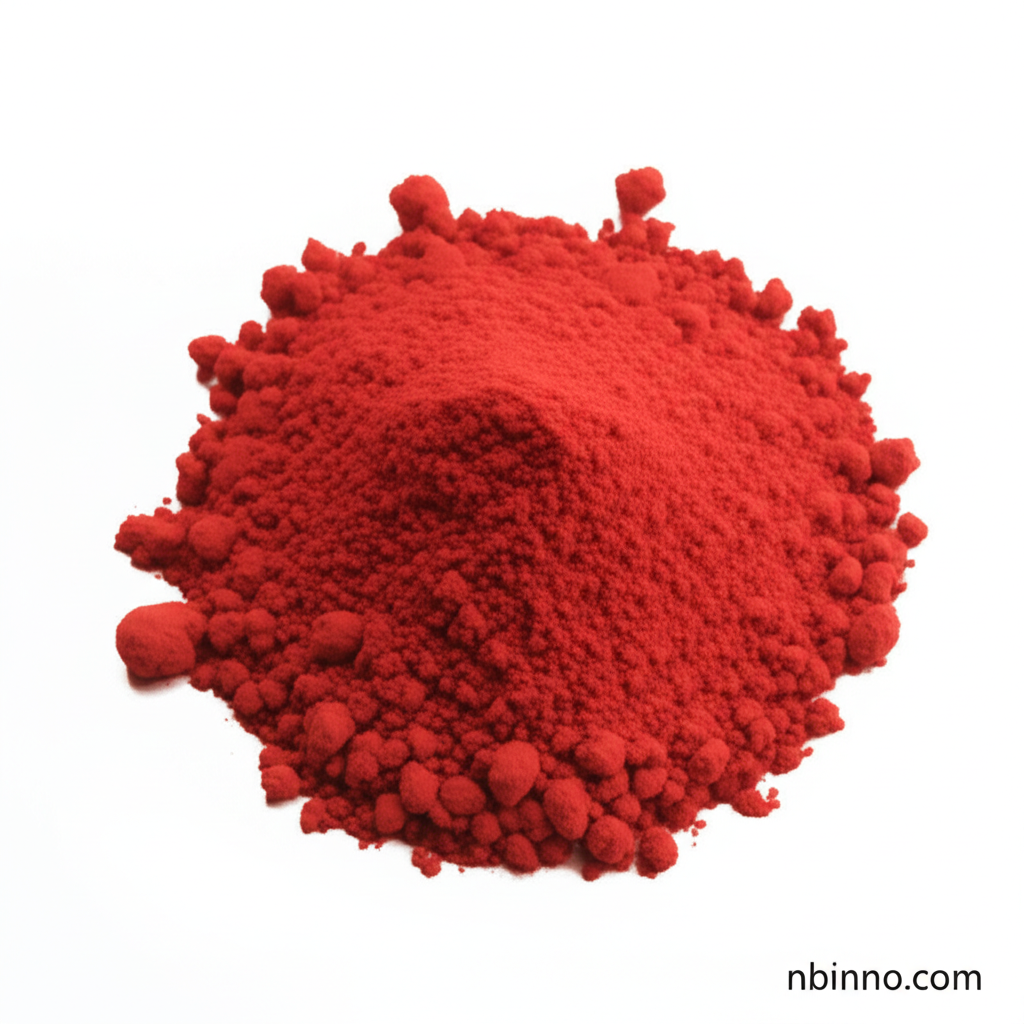1,6,7,12-Tetrachloroperylene Tetracarboxylic Acid Dianhydride: Enhancing Advanced Material Performance
Unlock the potential of next-generation electronics and optoelectronics with this advanced perylene derivative.
Get a Quote & SampleProduct Core Value

1,6,7,12-Tetrachloroperylene Tetracarboxylic Acid Dianhydride
This highly conjugated and chlorinated perylene derivative is a key component in the advancement of organic electronics. Its unique molecular structure and electronic properties make it an ideal candidate for applications in organic semiconductors, photovoltaic cells, and light-emitting diodes (LEDs).
- Explore the synthesis of tetrachloroperylene tetracarboxylic acid dianhydride for high-purity applications, enabling cleaner and more efficient electronic device manufacturing.
- Discover the advantages of using this perylene derivative in advanced organic semiconductor materials, crucial for next-generation electronic components.
- Understand its pivotal role in studying charge transfer processes, essential for optimizing the performance of organic electronic device physics.
- Investigate its use in developing novel applications in optoelectronics, contributing to breakthroughs in energy conversion and information technology.
Key Advantages
Unique Electronic Properties
Leverage the distinct electronic characteristics of this perylene derivative to achieve superior performance in your electronic devices, a key aspect of developing efficient organic semiconductor materials.
Versatile Applications
From photovoltaic cells to LEDs, this compound's wide band gap and strong absorption make it versatile for various optoelectronic applications, supporting research into perylene derivative applications.
Enhanced Photostability
Benefit from the compound's robustness and photostability, ensuring long-term durability and consistent efficiency in demanding electronic components, a critical factor for high purity chemical suppliers.
Key Applications
Organic Semiconductors
Its unique molecular architecture makes it a prime candidate for creating high-performance organic semiconductors, furthering the field of organic semiconductor materials.
Photovoltaic Cells
Contribute to advancements in solar energy by utilizing this compound in the development of efficient photovoltaic cells, a key area for photovoltaic cell components.
Light-Emitting Diodes (LEDs)
Enhance the performance and efficiency of LEDs with this material, supporting innovation in LED materials science.
Research & Development
Utilize this compound as a critical intermediate in research, enabling deeper understanding and exploration of advanced electronic materials, which is crucial for fine chemical research intermediates.
